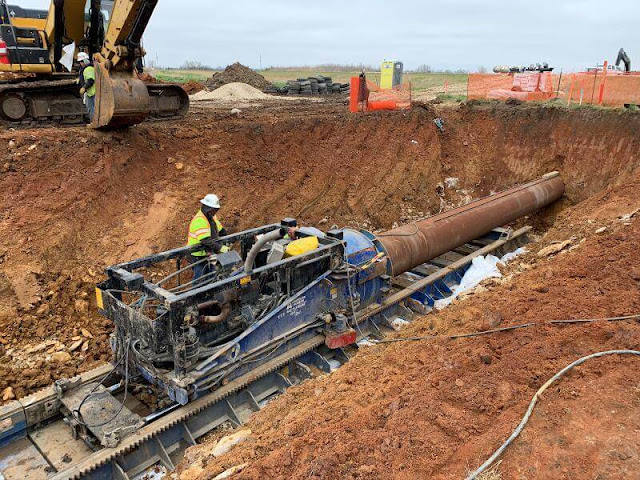Heading: The Importance of Properly Installing Boring Pipe Conduit Wire
Boring pipe conduit wire installation is often considered to be a tedious and monotonous task. However, it is an essential aspect of any construction project that requires the installation of electrical, plumbing, or communication systems. Proper installation of boring pipe conduit wire can significantly impact the safety and efficiency of a building’s electrical and plumbing systems. In this article, we will explore the importance of properly installing boring pipe conduit wire and the consequences of inadequate installation.
What is Boring Pipe Conduit Wire?
Boring pipe conduit wire is a conduit that is used to protect and organize electrical, plumbing, or communication systems in construction projects. The conduit is a hollow pipe that is made of various materials such as plastic, steel, or aluminum. Boring pipe conduit wire is used to encase wires or cables to protect them from damage, moisture, and other environmental factors that could compromise their efficiency and safety. It also provides a safe and organized way to route wires or cables between different parts of a building or structure.
The Importance of Properly Installing Boring Pipe Conduit Wire
Proper installation of boring pipe conduit wire is crucial to the safety and efficiency of a building’s electrical and plumbing systems. Here are some reasons why:
Protection of Wires or Cables
Boring pipe conduit wire provides a protective casing for wires or cables, which prevents them from being damaged by moisture, chemicals, or other environmental factors. Without proper protection, wires or cables can deteriorate over time and become a safety hazard. Additionally, damaged wires or cables can result in electrical shorts, fires, or other hazards.
Organization of Wires or Cables
Proper installation of boring pipe conduit wire provides an organized way to route wires or cables between different parts of a building or structure. This organization ensures that wires or cables are easy to access for maintenance or repairs, which reduces downtime and increases efficiency.
Compliance with Building Codes
Proper installation of boring pipe conduit wire is necessary to comply with building codes and regulations. Building codes require that all electrical, plumbing, and communication systems are installed in a safe and efficient manner to ensure the safety of the occupants of a building or structure. Failure to comply with building codes can result in fines, legal liability, and endanger the safety of the occupants.
Consequences of Inadequate Installation
Inadequate installation of boring pipe conduit wire can have severe consequences. Here are some examples:
Increased Risk of Electrical Hazards
Inadequate installation of boring pipe conduit wire can result in exposed wires or cables, which increases the risk of electrical hazards such as electrical shocks, fires, or explosions.
Decreased Efficiency
Inadequate installation of boring pipe conduit wire can result in disorganized or inaccessible wires or cables, which reduces the efficiency of the building’s electrical, plumbing, or communication systems.
Non-Compliance with Building Codes
Inadequate installation of boring pipe conduit wire can result in non-compliance with building codes and regulations, which can result in fines, legal liability, and endanger the safety of the occupants of a building or structure.
Best Practices for installing boring pipe conduit wire
Here are some best practices for installing boring pipe conduit wire:
Plan Ahead
Before starting the installation, it is crucial to plan the route of the conduit and ensure that it complies with building codes and regulations. It is also essential to consider any future modifications or upgrades that may be required.
Choose the Right Conduit
Choosing the right conduit material and size is critical to ensure that it provides adequate protection and organization for the wires or cables. It is also necessary to consider the environmental factors, such as moisture or temperature, that may affect the conduit’s performance.
.jpg)




Comments
Post a Comment